SAVING VIETNAM’S ELEPHANTS BEFORE IT’S TOO LATE
Recently, I had the opportunity to travel through Vietnam, meeting with conservationists, villagers, and local leaders who are fighting an uphill battle to save one of the country's most beloved—and most threatened—symbols: the Asian elephant. What I saw and heard left me both inspired and deeply concerned. If we do not act soon, the elephants of Vietnam could vanish from the wild within a generation.
Vietnam’s elephants once roamed the country in great numbers. Fifty years ago, thousands lived across the lush forests and hills, playing vital roles in the ecosystems they helped shape. Today, it is estimated that fewer than 100 wild elephants remain in the entire country. Their situation is so dire that experts warn without urgent and coordinated action, extinction is not a distant threat—it is a near-term reality.
In speaking with people on the ground, several key challenges emerged. First and foremost is habitat loss. As Vietnam has rapidly developed over the last few decades, forests have been cleared to make way for farms, rubber plantations, and expanding towns. Elephants that once traveled freely now find themselves boxed into ever-shrinking patches of land. Their ancient migratory paths are blocked by roads, villages, and crops. When elephants, desperate for food, wander into farms, they are often seen as pests. Conflicts erupt, and the results can be deadly—for both elephants and people. Human-elephant conflict is now one of the biggest threats to the species' survival in Vietnam, and addressing this issue is a major focus of The Elephant Project. We are working to create solutions that protect both communities and elephants.
Compounding the problem is the illegal wildlife trade. Although international pressure and stronger domestic laws have helped curtail some aspects of trafficking, demand for ivory and other elephant products still lingers. One conservationist I met near Yok Don National Park explained how poachers, emboldened by weak enforcement in remote areas, continue to threaten the few wild elephants that remain. Even when the elephants are not killed outright, the fear and disruption poaching causes can have devastating effects on their health, reproduction, and social structures.
Another heartbreaking aspect of Vietnam’s elephant crisis is the plight of captive elephants. In places like Dak Lak province, elephants have historically been domesticated for labor and, more recently, tourism. Many of these elephants suffer from poor living conditions, inadequate nutrition, and grueling work schedules. I visited one site where changes were beginning to take root—where tourism was being transformed from elephant rides to ethical, observation-based experiences. It’s a model that must expand if Vietnam’s captive elephants are to have a chance at a healthier, more dignified life.
Despite the grim statistics, there is hope. The people I spoke with—local conservationists, rangers, tour operators, and community members—are not giving up. They are developing innovative programs to create protected corridors, linking fragmented elephant habitats to allow safe migration. They are working to shift tourism away from exploitation and toward education and respect. Some villages are even experimenting with compensation programs, where farmers receive financial incentives not to harm elephants that damage crops, and to plant elephant-friendly vegetation as a natural deterrent.
Still, they cannot do it alone. International support is critical. Funding is needed not just for land purchases and anti-poaching patrols, but for education, community outreach, and the creation of sustainable, elephant-friendly livelihoods. The challenges elephants face are not just ecological—they are deeply intertwined with the economic pressures that rural communities experience every day.
One local leader put it best when he told me, “We cannot protect the elephant if we do not protect the people, too.” Conservation cannot be imposed from the outside. It must grow from within, supported by local knowledge and fueled by the hope that people and elephants can coexist, just as they did for centuries before modern pressures upset the balance.
There are tangible steps that can be taken right now. Travelers to Vietnam can choose ethical elephant experiences that do not involve rides or performances. Donors can support grassroots organizations rather than faceless bureaucracies. Policymakers, both within Vietnam and internationally, can prioritize wildlife corridors and anti-poaching cooperation. And we can all raise awareness, reminding others that the loss of Vietnam’s elephants would be a loss for all of us.
The elephants of Vietnam do not need our pity—they need our partnership. They need our commitment to building a future where ancient forests thrive, where migration paths are honored, and where a child growing up in Vietnam can one day see an elephant not in a museum or a book, but living freely in the wild.
I left Vietnam with a deep sense of urgency, but also with admiration for those who are fighting for the elephants’ survival. We still have time, but not much. Let us choose to act while there is still a choice to make.

